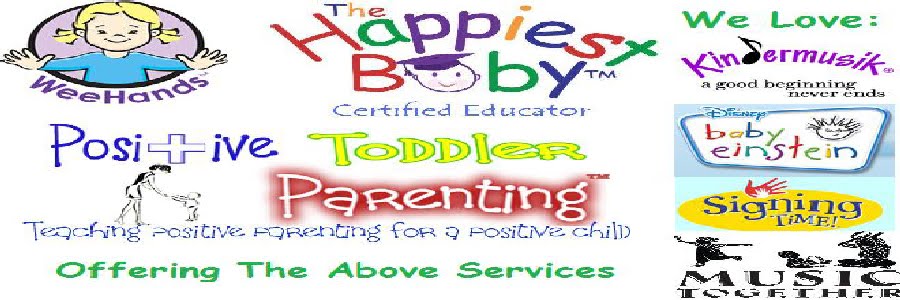Halloween is just a few days away. Amidst pumpkin carving and putting the finishing touch on your Halloween décor, make some time to plan your kids’ Halloween experience. A little planning and some Proactive Teaching can help make this a fun and safe Halloween for everyone. Here are a few helpful hints for a Happy Halloween.
Costumes: Most store bought costumes are made of lightweight material. If necessary, buy the costume a size larger so that your little Barbie Princess or Star Wars Storm Trooper can wear warm clothing underneath. And if the temperature drops low enough, kids may need to wear a coat, gloves and a hat over their costume. Other costume do’s:
- Wear reflective clothing or a glow-stick necklace or bracelets.
- Wear sturdy shoes, even if they don’t match the costume.
- Props should be made of plastic or other flexible material.
- Make sure child can walk in the costume. Costumes that drag on the ground or are too bulky to move in cause problems.
- Masks and/or makeup should not block vision. If need be, pull mask up when walking between houses.
Trick or Treating with Younger Kids: Young children should always be accompanied by an adult or older teen. Know what your child can handle and plan your route accordingly. Planning for details beforehand can prevent tears and temper tantrums later. A few other pre-trick or treating tips:
- Have your child eat dinner before trick or treating.
- Stay in familiar neighborhoods.
- Carry a flashlight.
- Only go to houses that are lit.
- Before leaving the house (and perhaps a few times along the way) proactively teach your children to:
- Stay together and in sight of adults.
- Walk only on sidewalks. Don’t cut across yards.
- Stop at street corners and wait for adult to cross with you.
- How to Trick or Treat: Ring doorbell, Say “Trick or Treat”, Wait your turn,
Say “Thank You!”
Trick or Treating for Older Kids: How old is too old to Trick or Treat? The people of Belleville, Ill., decided Halloween is for small children. Mayor Mark W. Eckert recently signed an ordinance banning kids older than 8th grade from Trick or Treating. The Mayor and Police Chief expect parents to explain and enforce the new rule to trick or treat-minded teens, reminding them that officers patrolling Halloween night will send older trick-or-treaters home. If teens don’t comply, parents can be fined $25.
Whether or not you agree with the people of Bellville, the story reminds us that even, and sometimes especially, older Trick or Treaters need adult guidance as well as a few rules in order to have a safe and happy Halloween. If you do allow older Trick or Treaters to go out alone, make sure they follow all the guidelines mentioned and that they also:
- Go with and stay with a group.
- Carry a cell phone and a flashlight.
- Plan and inform you of their route before they leave.
- Know the rules (where they can go, use manners like “please” and “thank you,” what time to be home or check in) as well as the consequences if they fail to follow the rules.
Check the Bag: When trick or treating is done, it’s time to dig in, right? Let younger and older kids alike know that for their safety, you’ll be checking the contents before anything is eaten. Even though it’s rare for unsafe items to be found in a trick or treater’s bag, it can happen. In this case it’s much better to be safe than sorry. It’s also good to set a limit on how much candy can be consumed at a time. Have kids pick out a few favorite goodies to eat that night and put the rest away for another day.
Following these simple but important guidelines can help young and old alike enjoy a happy, healthy and safe Halloween!
Proud Mama To


